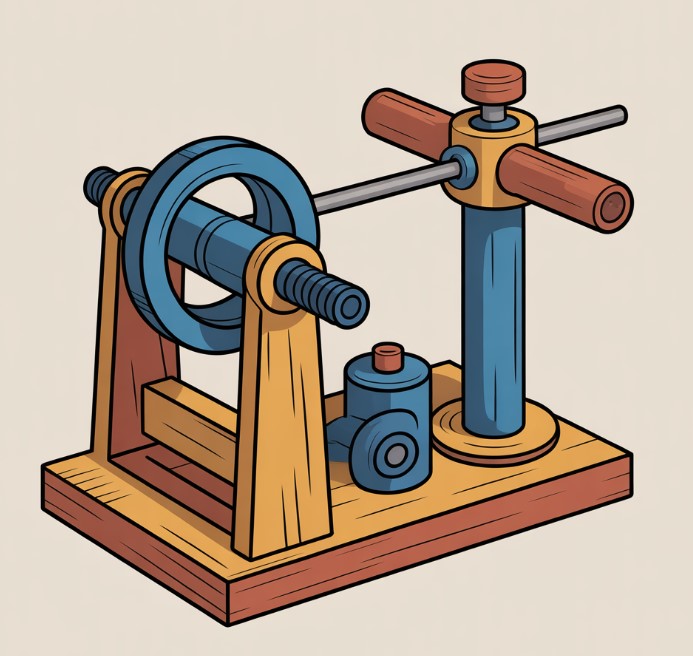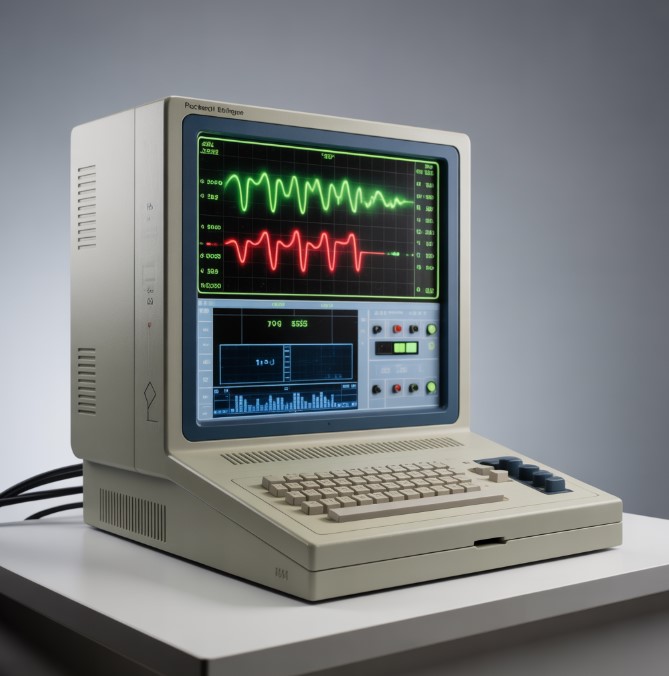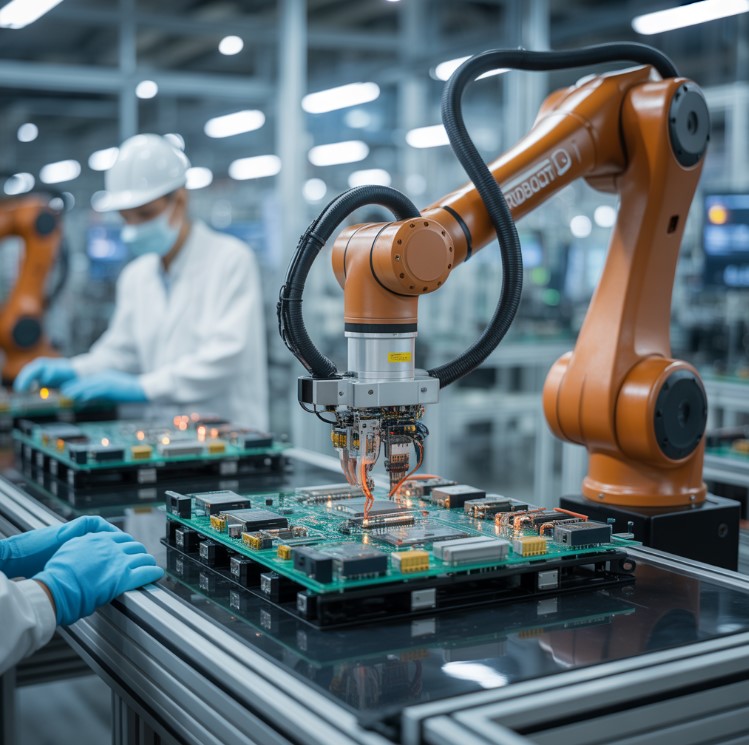Contents
An exploration of simple machines, including the six main types of simple machines and compound machines, shows how these fundamental tools make work easier in countless applications.
The Fundamental Principles of Simple Machines
Simple machines are the most basic mechanical devices that use force to perform work. The core function of simple machines is to change the direction or magnitude of a force, a concept often referred to as providing mechanical advantage. Understanding these devices is fundamental to grasping the principles of physics and engineering. The use of simple machines does not create energy; instead, it adheres to the simple machines law of conservation of energy. This law states that the work output can never exceed the work input. You trade increased distance for decreased effort.
The Core Difference: Simple and Compound Machines
A frequent point of confusion is the difference between simple and compound machines. The distinction is straightforward:
- Simple Machines: A simple machine is a mechanical device with few or no moving parts that makes work easier by modifying force. There are six classical types of simple machines.
- Compound Machines: A compound machine is a device made up of two or more simple machines working together. Most of the mechanical tools we use today are compound machines.
The table below highlights the key differences and provides clear examples.
| Feature | Simple Machines | Compound Machines |
|---|---|---|
| Composition | A single, basic mechanical element. | Two or more simple machines combined. |
| Function | Changes the direction or magnitude of a single applied force. | Performs more complex work by combining the functions of multiple simple machines. |
| Examples | Lever, pulley, wheel and axle, screw, inclined plane, wedge. | Scissors (two levers), wheelbarrow (wheel, lever, inclined plane), fishing rod (lever, pulley, wheel). |
What Are the 6 Simple Machines?
According to the traditional classification developed during the Renaissance, there are six primary types of simple machines. These are the building blocks for nearly all modern mechanical devices.
- Lever
- Pulley
- Wheel and Axle
- Screw
- Inclined Plane
- Wedge
These six simple machines form the foundation of mechanical engineering and physics.
Exploring the Main Types of Simple Machines
Each of the six simple machines operates on a distinct principle to make work easier. Below is a detailed look at each one, complete with examples of simple machines found in everyday life.
The Lever
A lever is a rigid bar that pivots around a fixed point called a fulcrum. It is one of the most common types of simple machines.
A lever works by applying force at one point to move an object (the load) at another point. The placement of the fulcrum, effort, and load determines the class of the lever and its mechanical advantage.
How does a lever multiply force?
A lever multiplies force by increasing the distance over which the force is applied. By placing the fulcrum closer to the load and applying effort farther away, a small amount of effort can lift a much heavier load. The force is magnified, but you must move the effort end of the lever a greater distance.
Lever Examples:
- Bottle opener as a lever example: A bottle opener is a Class 2 lever. The edge of the bottle cap is the fulcrum, the hand provides the effort to lift the handle, and the resistance is the cap being pried off.
- How is a shovel a lever?: A shovel is a Class 3 lever. The top hand acts as the fulcrum, the lifting hand provides the effort in the middle of the handle, and the soil in the scoop is the load.
- Other examples include see-saws, crowbars, and wheelbarrows.
The Pulley
A pulley is a wheel on an axle or shaft that is designed to support movement and change of direction of a taut cable or belt. Using multiple pulleys together decreases the amount of force needed to lift an object. A pulley system is a common example of simple machines used for lifting heavy loads.
What is an example of a pulley?
A common example of a pulley is the system used on a flagpole to raise and lower the flag. Another is the block and tackle system used on sailboats or in workshops to lift heavy engines. The system of cables and wheels in an elevator is a complex application of the pulley.
The Wheel and Axle
The wheel and axle is a simple machine consisting of a wheel attached to a smaller axle so that these two parts rotate together. Force is transferred from one to the other. When force is applied to the wheel, it is multiplied at the axle, allowing it to overcome a large resistance.
Examples of the Wheel and Axle:
- Doorknobs
- Screwdrivers
- Steering wheels in cars
- Ferris wheels
The Screw
A screw is essentially an inclined plane wrapped around a central cylinder. This simple machine is designed to convert rotational motion into linear motion.
How a screw converts rotational force:
As you turn a screw (rotational force), the threads (the inclined plane) force the screw to move in a straight line, either into or out of a material. This mechanism creates a very high mechanical advantage, allowing it to fasten objects together with great force.
Screw Examples:
- Corkscrew as a screw example: A corkscrew uses the principle of the screw to pull a cork from a bottle. The turning motion drives the screw into the cork, and continued force pulls the cork out linearly.
- Jar lids
- Light bulbs
- Vises
The Inclined Plane
An inclined plane is a flat supporting surface tilted at an angle, with one end higher than the other. It is one of the most basic simple machines. It makes it easier to move heavy objects up or down with less effort than lifting them vertically.
What is a real-world example of an inclined plane?
A loading ramp used to move heavy boxes onto a truck is a perfect real-world example of an inclined plane. The longer the ramp (the less steep the incline), the less force is required to push the object up.
Is a staircase an inclined plane?
Yes, a staircase is an inclined plane. It is a modified form of an inclined plane that allows a person to ascend to a higher elevation with less effort than climbing straight up. Each step breaks the plane into smaller, manageable vertical lifts.
The Wedge
A wedge is a triangular-shaped tool and is a portable inclined plane, or two inclined planes joined back to back. It is used to separate two objects or portions of an object, lift up an object, or hold an object in place.
Wedge Examples:
- Axe as a wedge example: An axe head is a wedge. When it strikes wood, the sharp edge forces the wood fibers apart, splitting the log. The force is applied downwards, but the wedge converts it into two sideways forces.
- How is a knife a simple machine?: A knife is a wedge. Its sharp edge is a very thin inclined plane that splits and separates material as force is applied.
- Other examples include nails, doorstops, and chisels.
How Do Simple Machines Make Work Easier?
Simple machines make work easier by changing the amount of force you need to apply or the direction of that force. They do not reduce the total amount of work done. This is a critical concept tied to the simple machines law of conservation of energy. Work is defined as force multiplied by distance. A simple machine allows you to use less force, but you must apply it over a greater distance. For example, it is easier to walk up a long, gentle ramp (an inclined plane) than to climb a short ladder to the same height. You use less force at any given moment, but you travel a longer total distance. All simple machines operate on this trade-off principle.
Compound Machines: Combining Simple Principles
Most of the mechanical devices in our world are not simple machines but compound machines. These are combinations of two or more simple machines designed to perform more complex tasks.
| Compound Machine | Simple Machines It Contains |
|---|---|
| Wheelbarrow | Wheel and Axle, Lever, Inclined Plane (the basin) |
| Scissors | Two Levers joined at a fulcrum, with the blades acting as Wedges. |
| Crane | Lever (the arm), Pulley (for lifting), Wheel and Axle (for rotation and movement). |
| Bicycle | Wheel and Axle, Lever (handlebars, pedals), Pulley (gears and chain), Screw (to hold parts together). |
Is a bicycle a compound machine?
Yes, a bicycle is an excellent example of a compound machine. It combines multiple simple machines—the wheel and axle for movement, levers for steering (handlebars) and applying force (pedals), and a pulley system (the chain and gears)—to function.
What simple machines are in a crane?
A crane is a classic compound machine. It prominently features a lever (the long boom or arm), a pulley system to lift heavy loads with reduced force, and often a wheel and axle mechanism at its base to allow it to rotate.
What simple machines are in a wheelbarrow?
A wheelbarrow effectively combines three simple machines. The wheel and axle allows it to roll easily. The handles and basin form a Class 2 lever, where the wheel is the fulcrum. The basin itself can be considered an inclined plane for loading and unloading.
The History of Simple Machines
The history of simple machines is intertwined with the history of human civilization. The origin of simple machines lies in the prehistoric use of tools to make survival easier.
- The wedge (in the form of hand axes) and the lever were likely the first simple machines used by early humans.
- The wheel and axle emerged around the 5th millennium BC in Mesopotamia and was initially used for pottery.
- The Greek philosopher Archimedes (3rd century BC) was the first to formalize the mathematical principles behind the lever, pulley, and screw. He famously said of the lever, “Give me a place to stand, and I shall move the Earth.”
- During the Renaissance, engineers systematically studied and categorized the six classical simple machines, laying the groundwork for the Industrial Revolution.
The study of simple machines continues to be a cornerstone of modern physics and engineering.
Frequently Asked Questions (FAQ)
Q1: What are the 6 simple machines?
The six classic simple machines are the lever, pulley, wheel and axle, screw, inclined plane, and wedge. These are the fundamental types of simple machines.
Q2: How do simple machines make work easier?
Simple machines make work easier by allowing you to use less force to move an object. They achieve this by increasing the distance over which the force is applied, effectively trading distance for force. They can also change the direction of a force, such as a pulley allowing you to pull down to lift something up.
Q3: Is a staircase an inclined plane?
Yes, a staircase is a functional type of inclined plane. It breaks a single long slope into a series of smaller steps, which makes climbing to a higher elevation safer and more manageable while still providing the mechanical advantage of an inclined plane.







